What the Charles III coronation invitations look like — and why they'll likely be worth a fortune one day
Invitations to coronations have always been highly prized. Since the 18th century, they have also been designed to reflect the solemnity and splendour of the occasion, as John Goodall discovers.
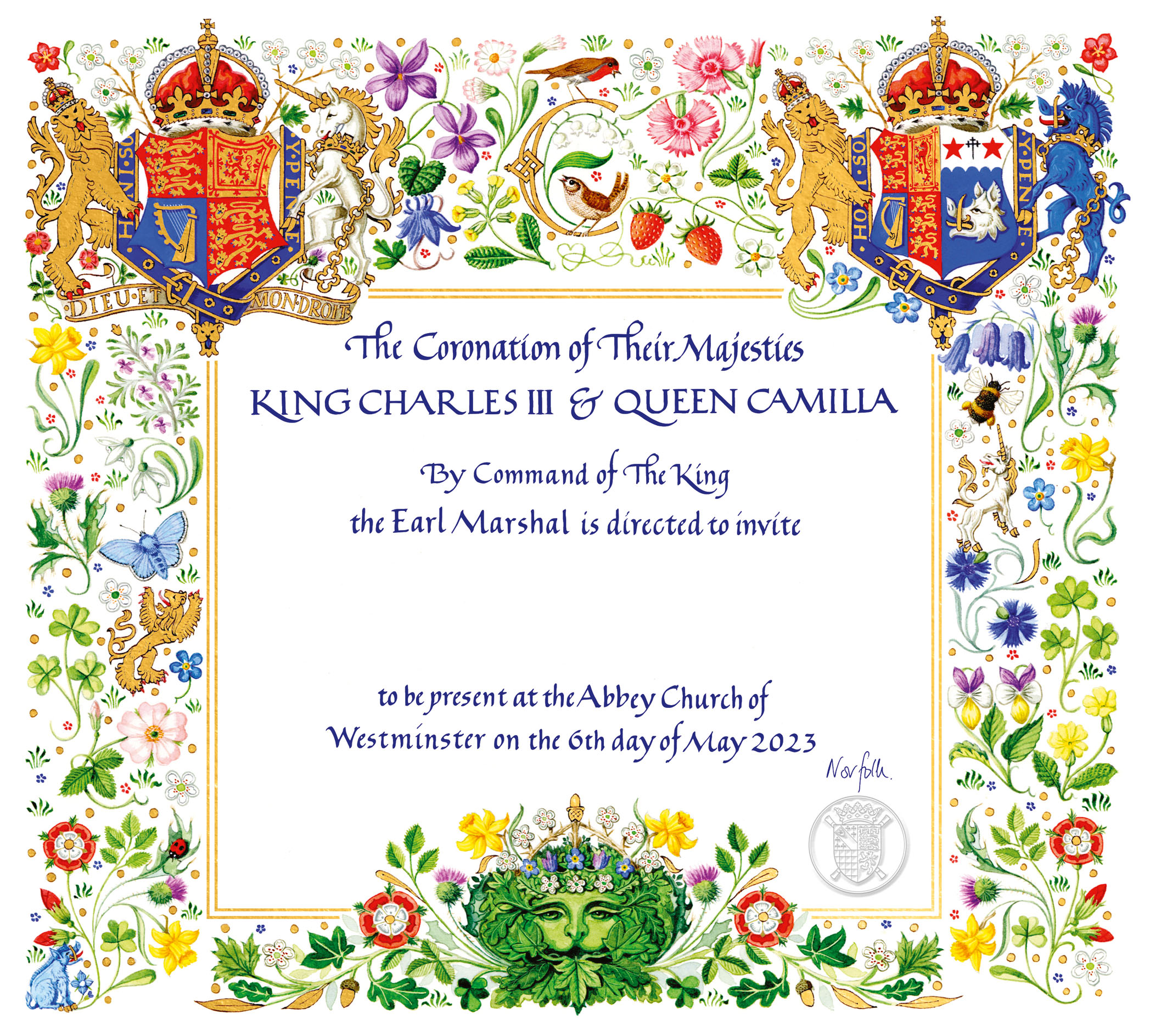

Charles III and Queen Camilla
A blank invitation to the Coronation of Charles III and Queen Camilla by Andrew Jamieson. The arms of the King and Queen in the corners to either side flank a central C, their shared initial. The design underlines the King’s interest in Nature.
Its frame is enlivened by spring flowers in reference to the start of a new reign and the face of a green man, a medieval personification of the spirit of Nature, appears at the bottom. There are also insects and birds, as well as heraldic supporters, a tiny lion, unicorn and blue boar.
Elizabeth II
This personal invitation to the 1953 coronation was issued by Elizabeth II to her son, Prince Charles, then aged four. It was created by the illustrator Joan Hassall, and is, naturally, a priceless one-off.
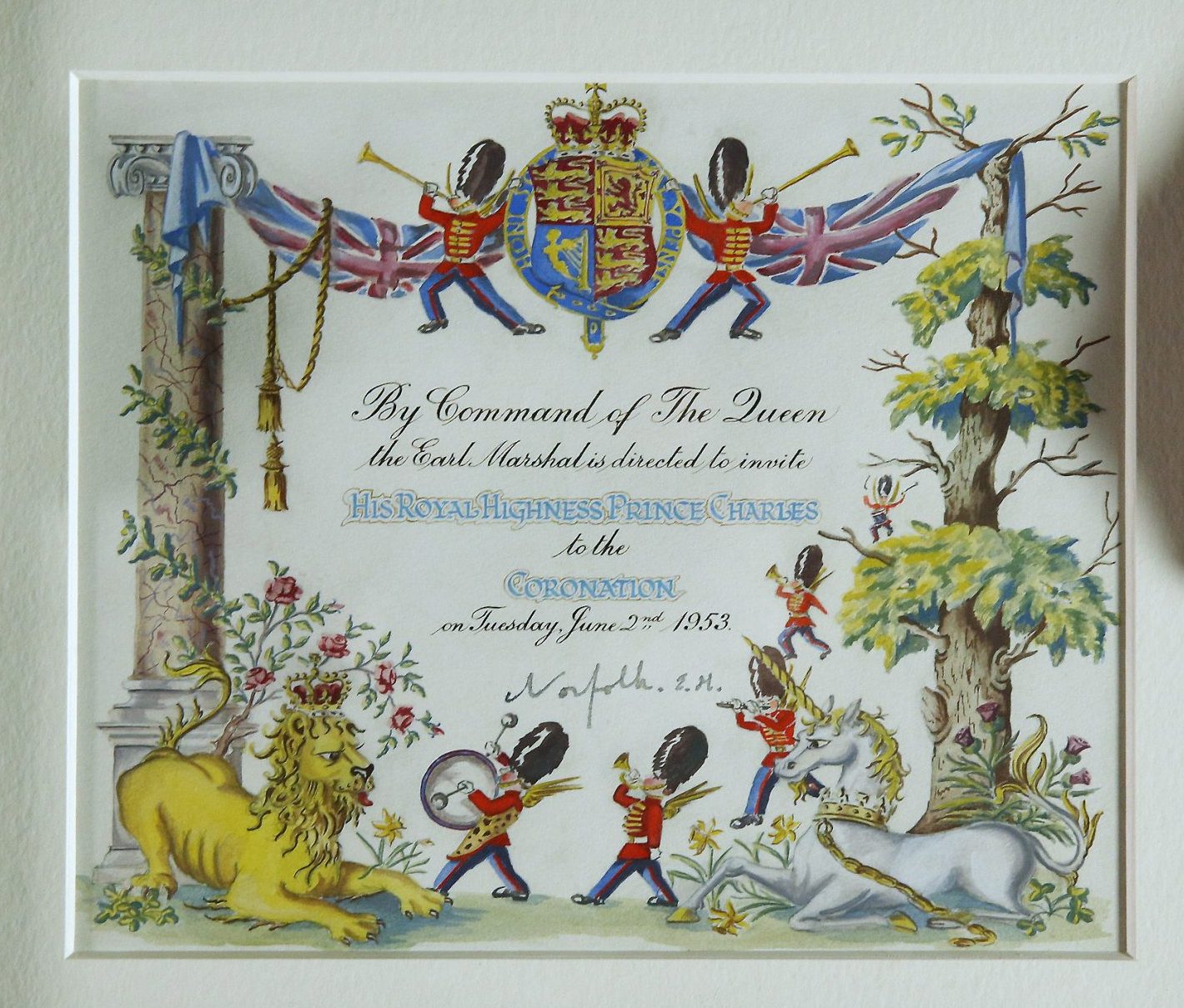
Here the lion and the unicorn, supporters of the Royal Arms, take pride of place and the scene is enlivened by a group of winged fairies in the costume of bandsmen from the Household Division. Notice the daffodils, thistles, roses and clover celebrating the different parts of the UK, as well as the framing column and tree.
George V and Queen Mary
A winged Victory proffering an orb and sceptre is the striking centrepiece of the Earl of Stamford’s invitation to the coronation of George V and Queen Mary in 1911. A sword, trident and cornucopia sit beneath the respective Royal Arms and the symbols of the Imperial Dominions appear along the bottom.
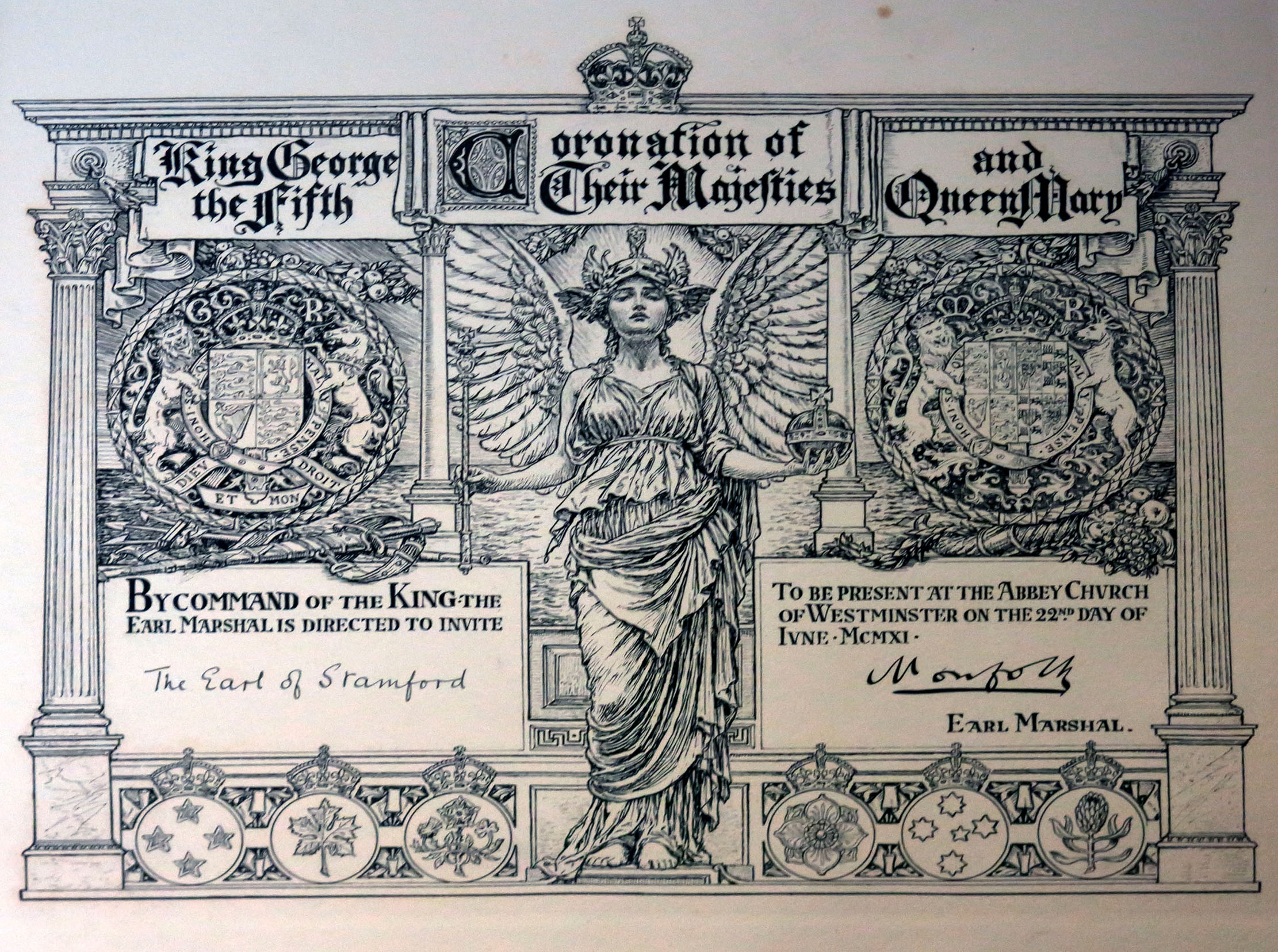
The invitation is signed by the Duke of Norfolk, hereditary Earl Marshal, responsible for overseeing the ceremony. A similar invitation, sent to Russian diplomat HH Prince Dolgorouki, recently went up for auction at around £400.
Victoria
A ticket of admission to Westminster Abbey for ‘The coronation of Her Most Sacred Majesty’ Queen Victoria in 1838 is stamped, sealed and numbered.
Exquisite houses, the beauty of Nature, and how to get the most from your life, straight to your inbox.
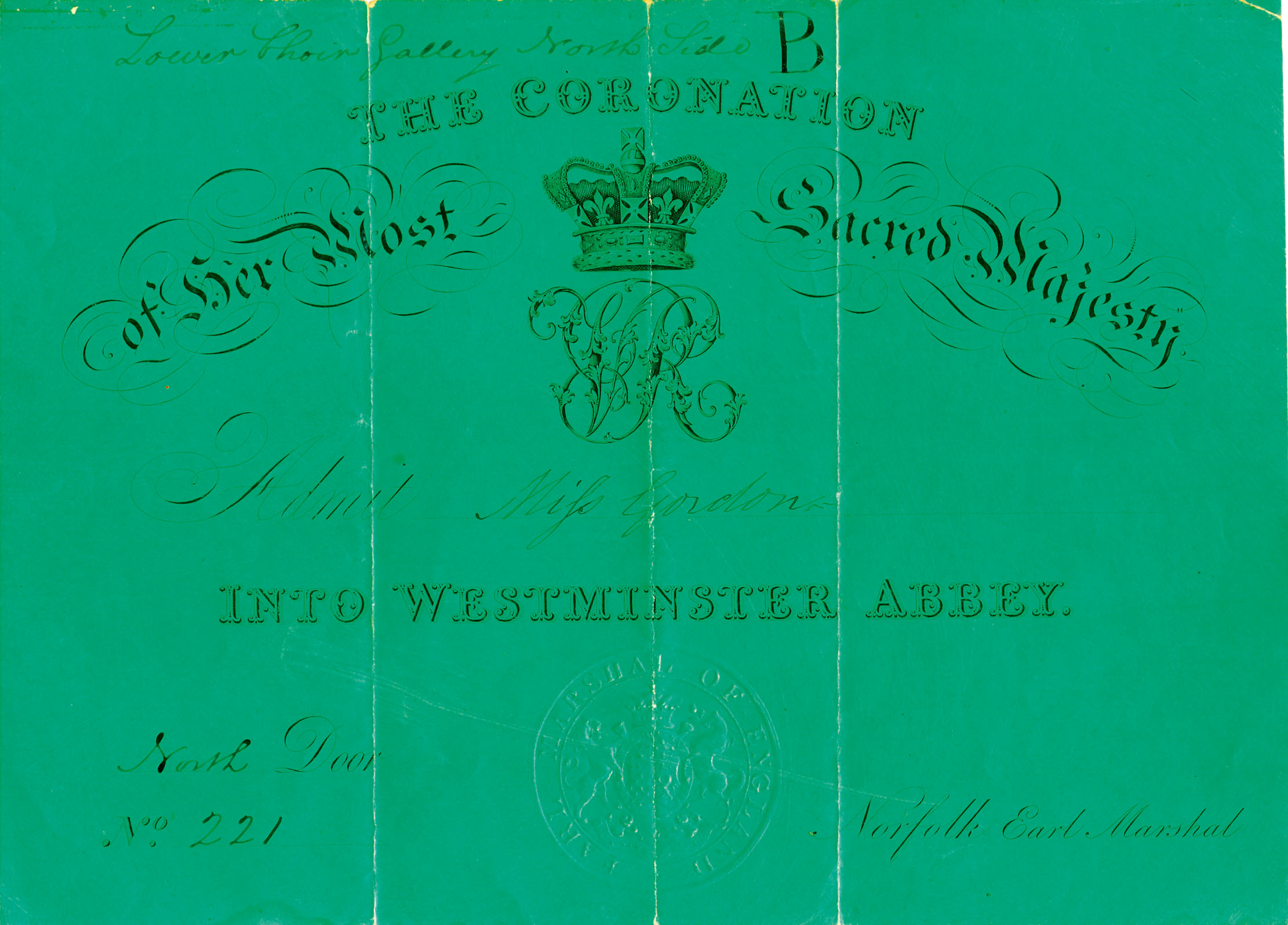
The lurid colour distinguished this named guest — Miss Gordon — and the area of the church in which she was to sit — a ringside position in the lower choir gallery north side — from less distinguished individuals elsewhere in the building. The ticket has been carefully folded up as a memento of the occasion, which lasted five hours; a similar ticket was sold at auction in 2014 for around £200.
George III and Queen Charlotte
Fame and Victory hover behind George III and Queen Charlotte at their coronation in 1761, as Hope, Plenty and Liberty (with a copy of Magna Carta) sit at their feet. The inscription SPQB identifies the huge congregation seated in steeply raked balconies within the imagined Gothic interior of Westminster Abbey as the senate and people of Britain.
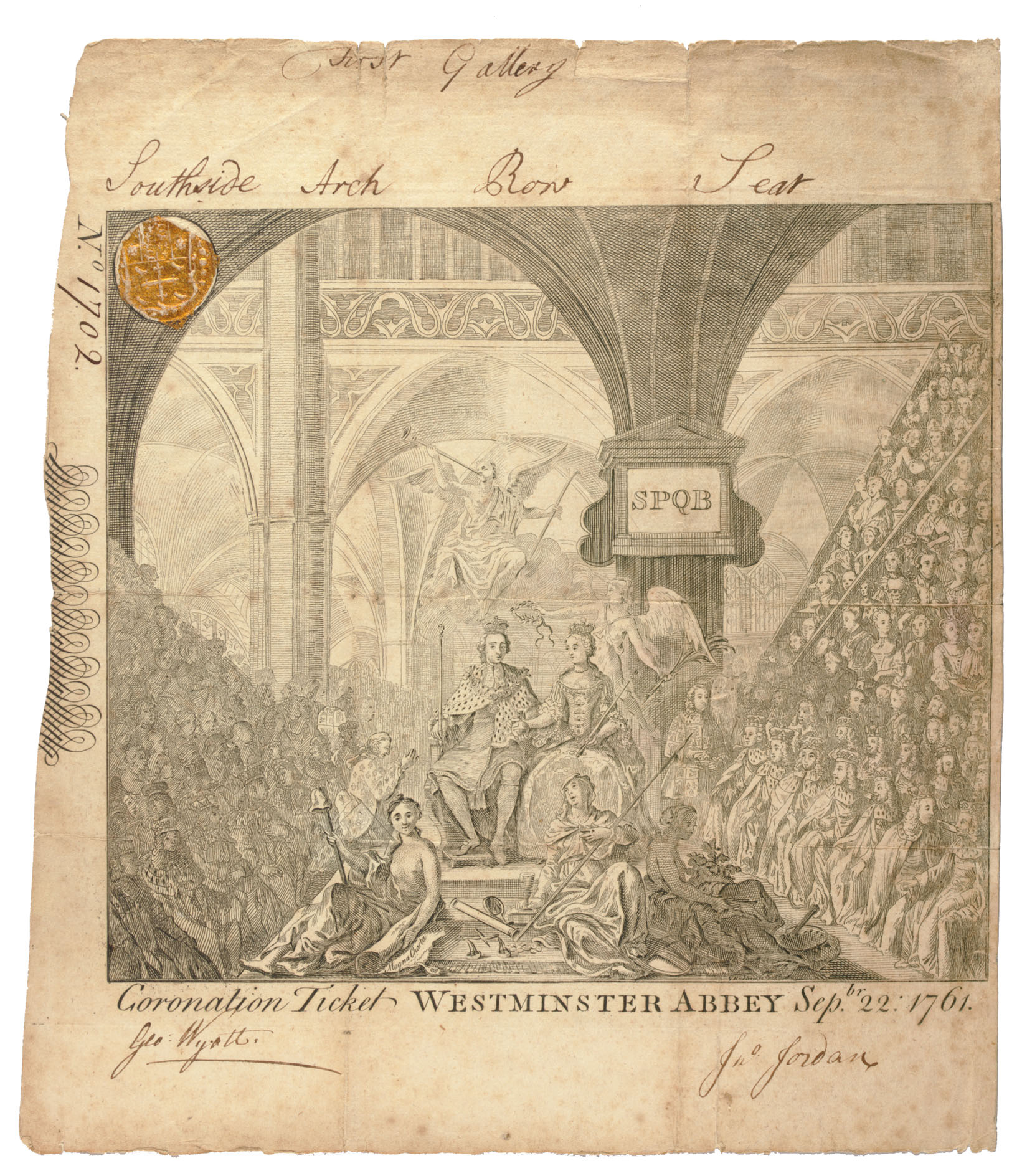
The precise location of the seat granted by this ticket is given at the top. As well as conveying a political message, such complex imagery served to prevent forgery.
Each ticket is signed, sealed in the top left-hand corner and individually numbered by hand to confirm its authenticity. Christie's auctioned this invitation in 2007; against an estimate of $800-$1,200, the final hammer price was $6,875.

The Timetable for the Coronation of King Charles III, including the order of service and The Oath
Eleanor Doughty takes a look at what's happening over coronation weekend — and explains the changes in the roles of dukes
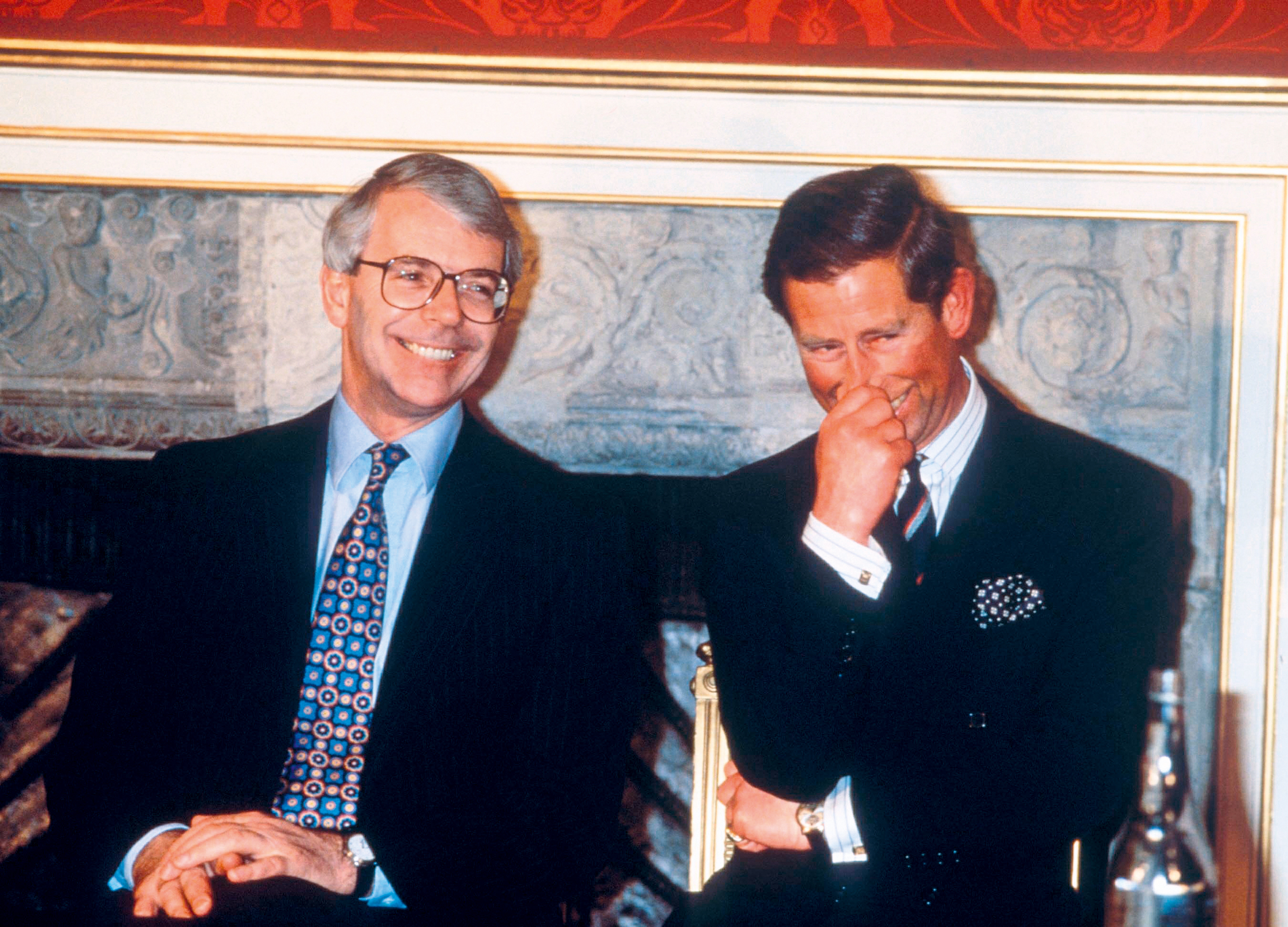
Sir John Major on King Charles III: 'The King was so far ahead of received wisdom that he had to wait for it to catch up'
Ahead of the curve, diligent and gifted with an empathy that allows him to connect with all people, Charles III
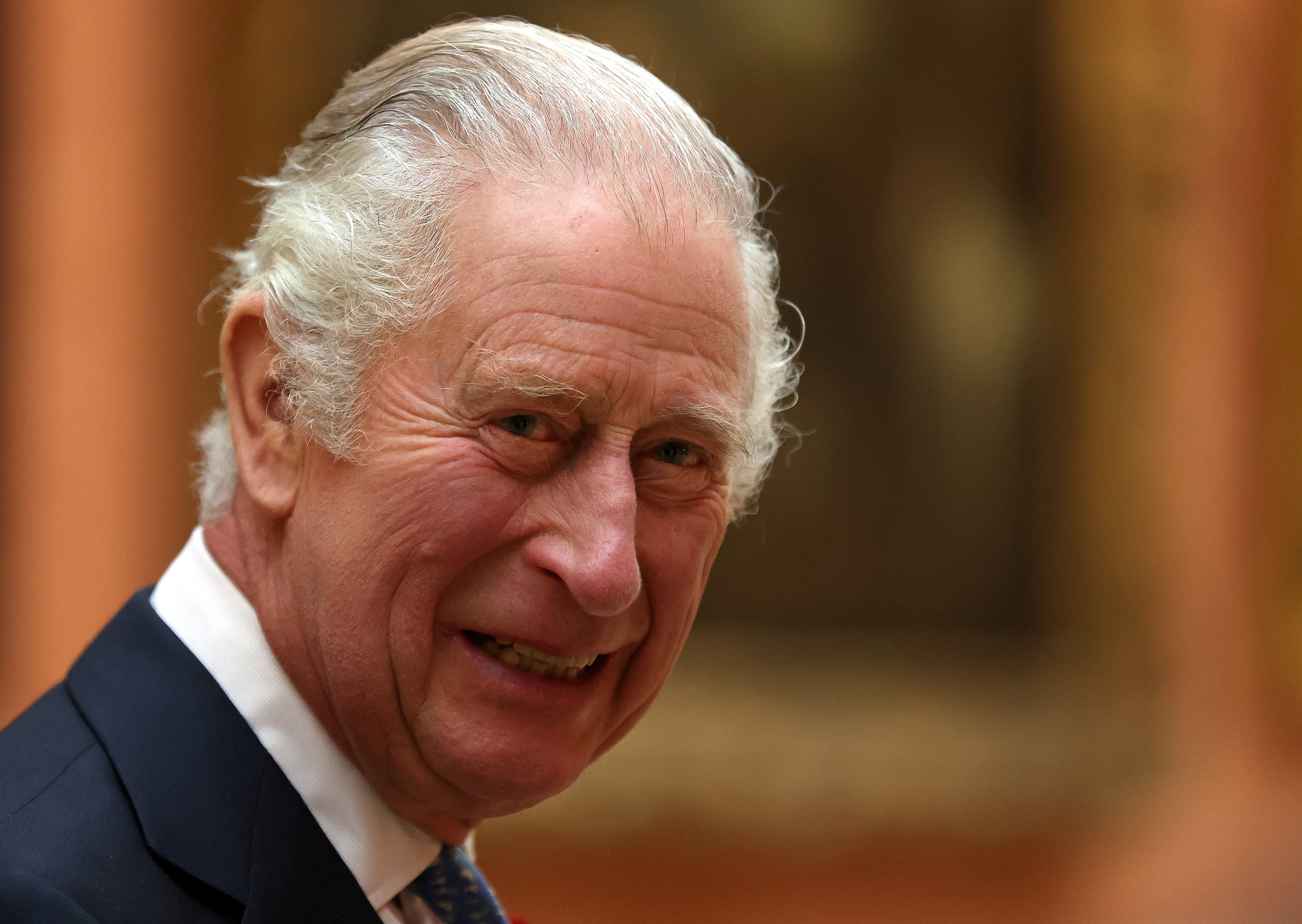
What sort of man is King Charles III, and what sort of king will he be?
A brilliant conversationalist, a cracking host and, surprisingly, an excellent actor, Charles III genuinely cares for people and strives to
The Coronation Regalia: The Story of the Regalia by Lawrence E. Turner
From the Country Life Archive: Lawrence E. Tanner, Keeper of the Muniments and Library of Westminster Abbey, reports on the

Credit: Country Life
The coronation of King Charles III: What you'll find inside Country Life's 350-page commemorative issue
Country Life 26 April 2023 commemorates the coronation of King Charles III with an extraordinary issue of over 350 pages

John spent his childhood in Kenya, Germany, India and Yorkshire before joining Country Life in 2007, via the University of Durham. Known for his irrepressible love of castles and the Frozen soundtrack, and a laugh that lights up the lives of those around him, John also moonlights as a walking encyclopedia and is the author of several books.